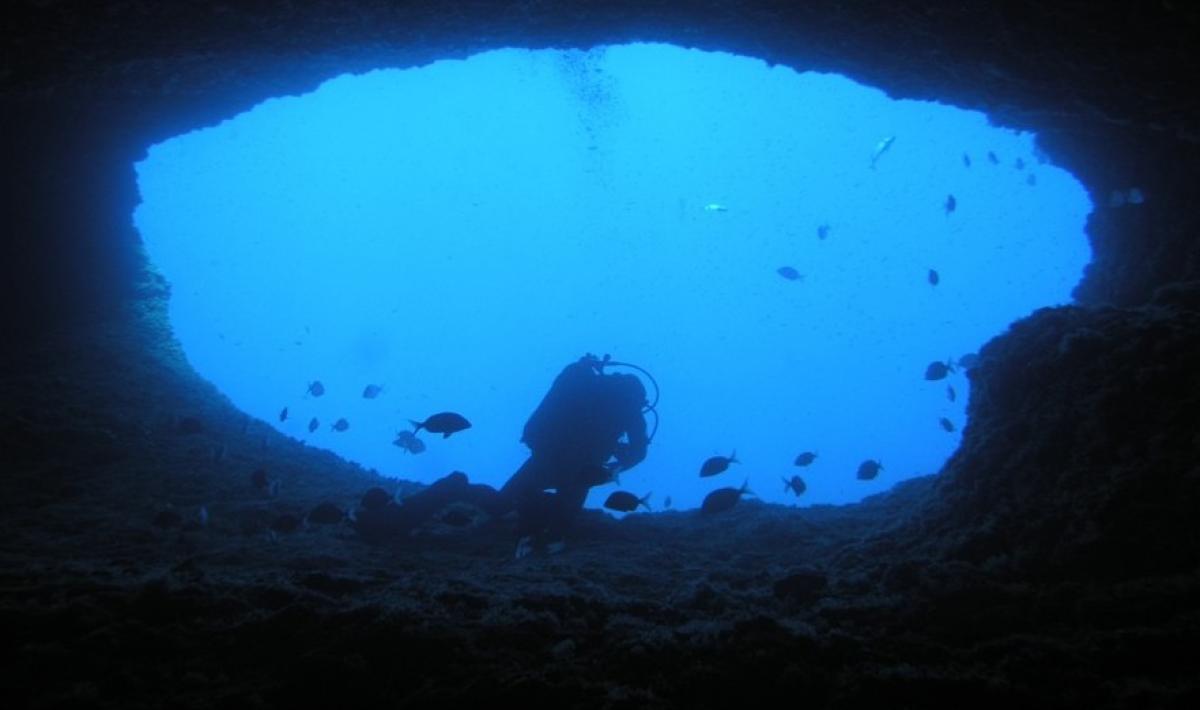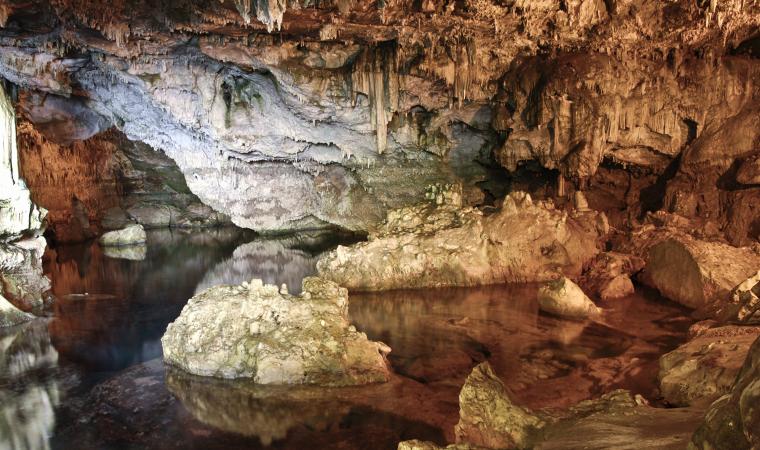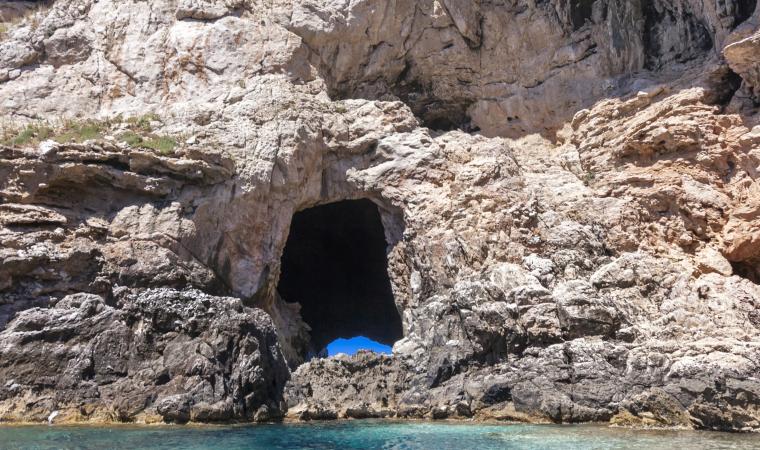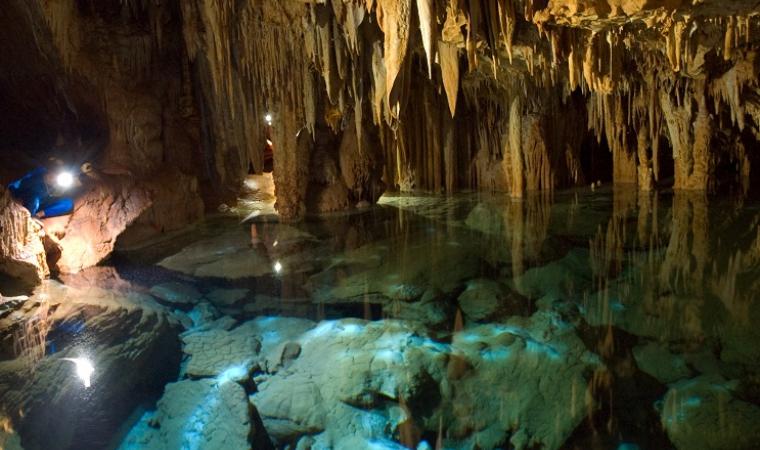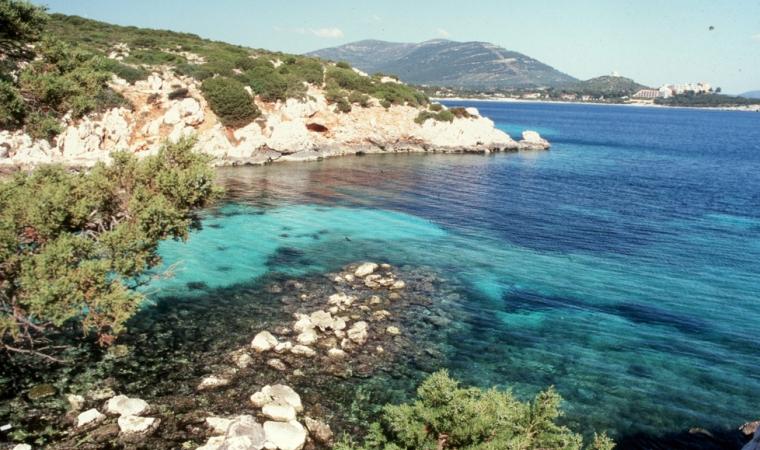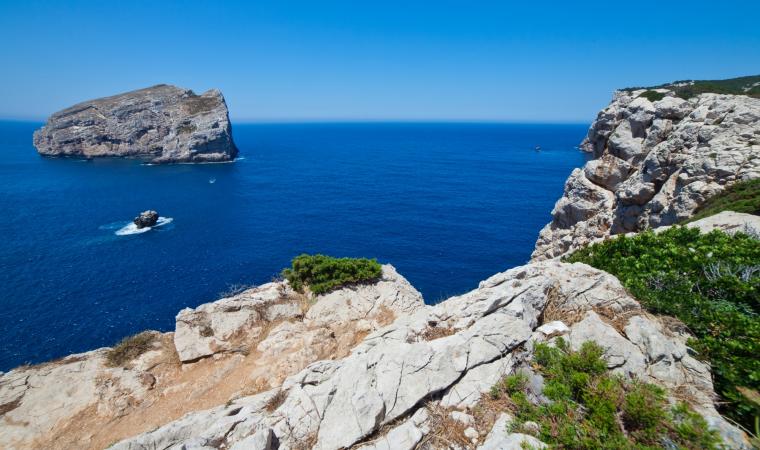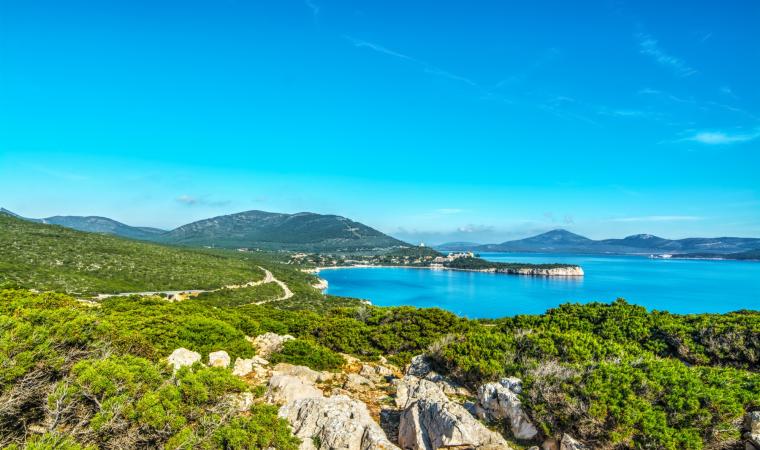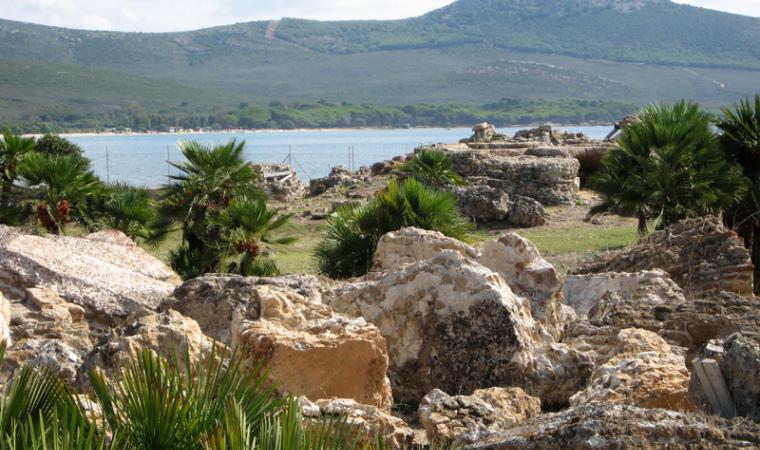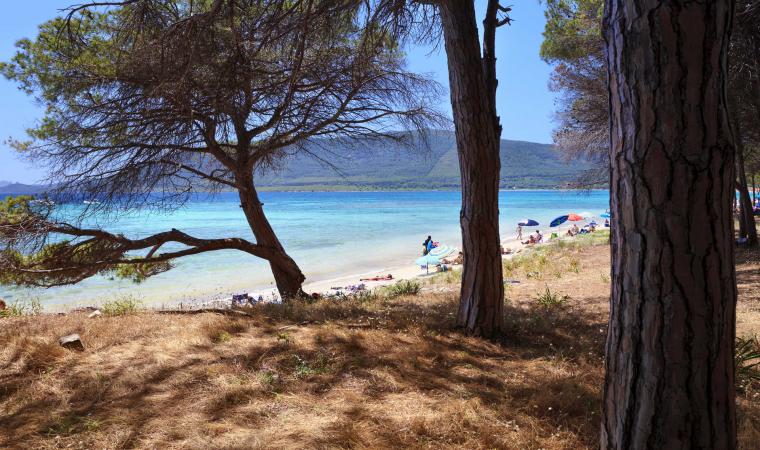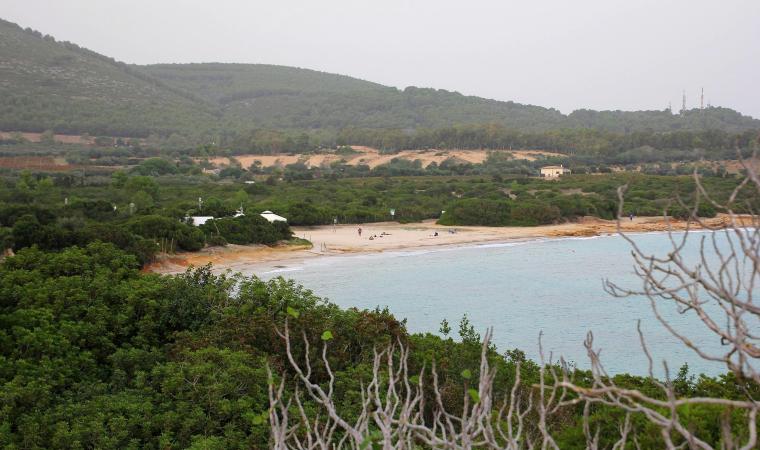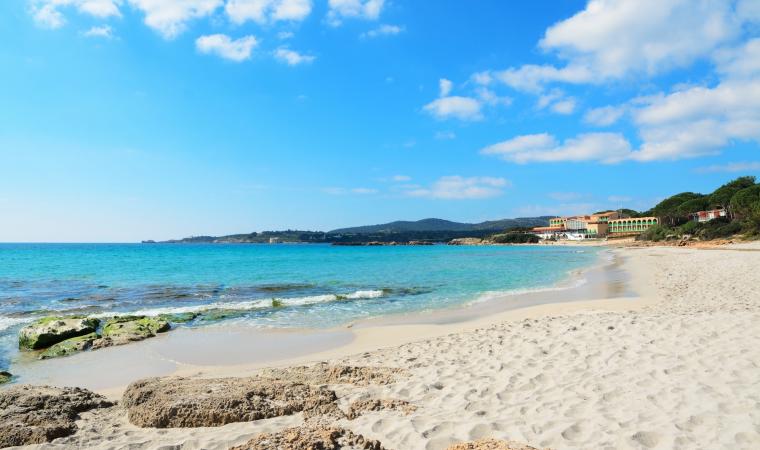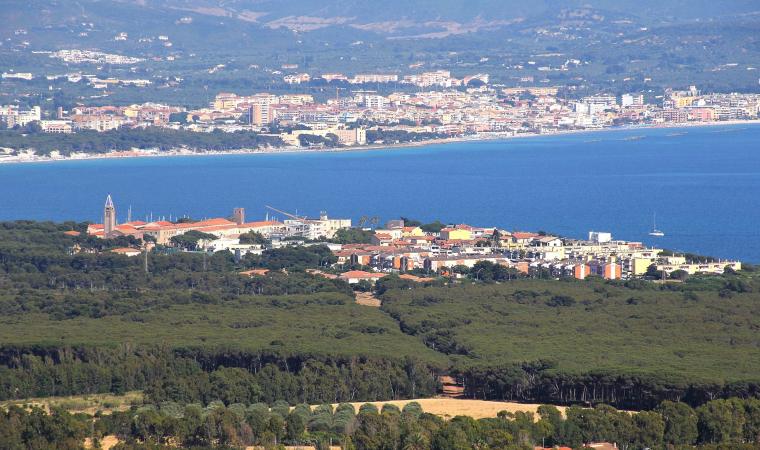Below the limestone promontory of Capo Caccia, at a depth of between 15 and 30 metres, there is a hidden underwater world, with a unique charm. Nereo’s Cave is the largest underwater marine cave in the Mediterranean and in all of Europe, with a 300-metre-long main tunnel and a series of secondary chambers that allows it to reach a total of half a kilometre in length. The cave is part of the protected marine area of Capo Caccia – Isola Piana, a ‘treasure trove’ of biodiversity, also included in the Park of Porto Conte, in the territory of Alghero. The park is a natural oasis of inestimable value due to the wildlife within it, as well as the breathtaking landscapes.
Nereo’s Cave has three main entrances, one at Punta dell'Asino, that leads to the front cave, which is the ‘accessible’ part, even for divers who are not highly specialised in speleology but do have some familiarity. Thanks to the light that penetrates from the outside, you will be enchanted by the lively colours of the underwater ‘room’: the vault is populated by yellow cluster anemones, sponges, Reteporella grimaldii and a few branches of coral, while the seabed is mainly rocky and rich in white limestone pebbles. You will be able to observe groupers, sea bream, scorpion fish and red mullet as they pass by. There is no shortage of crustaceans, especially spiny lobsters, red lobsters and crabs. Moving on, red coral becomes the absolute protagonist and sea fans of various colours also appear.
The play of light created by the angle of the sun’s rays and the exposure of the various rooms of the cave attract plenty of videomakers and nature and underwater photography enthusiasts, while the more expert divers are constantly looking for tunnels, ravines and passageways that are still somewhat unexplored. The area around Nereo's Cave is not reserved exclusively for deep-diving and it is in fact possible to combine the water activity of snorkelling with trekking on the land, between vertical walls and canyons. From the top of Capo Caccia, you can admire spectacular cliffs covered with Mediterranean scrub, populated by rare birds of prey. On the opposite side of the promontory, another karst cavity holds a priceless natural and paleontological heritage: it is the Grotta Verde (Green Cave), which can be visited with prior authorisation and owes its name to a small lake with green reflections of light. It contains colonial Scleractinia - the origin of the coral reefs - and limestone rocks dating back to 200 million years ago. Moving north, itineraries that combine nature and archaeology alternate with each other, including attractions such as the forest of Le Prigionette, where the white donkeys and small horses of Giara live, and the Nuragic and Roman complexes of Palmavera and Sant’Imbenia.

